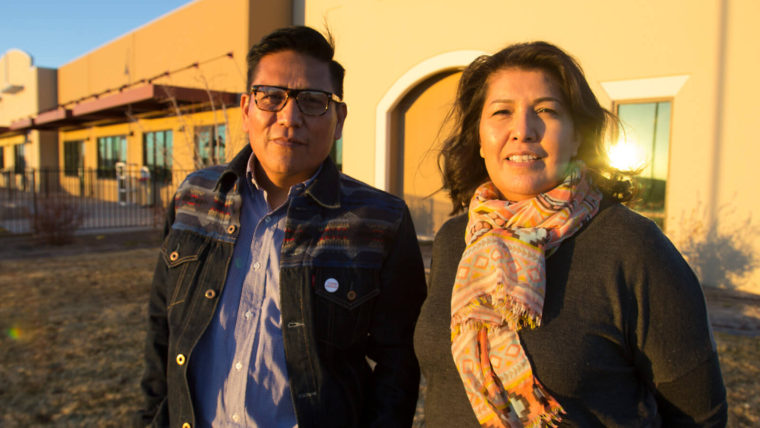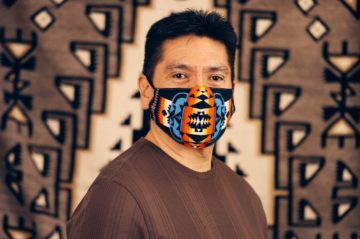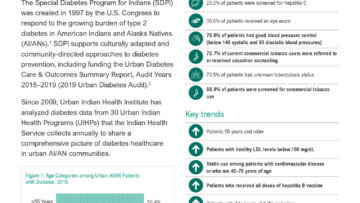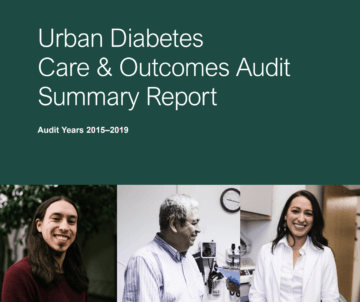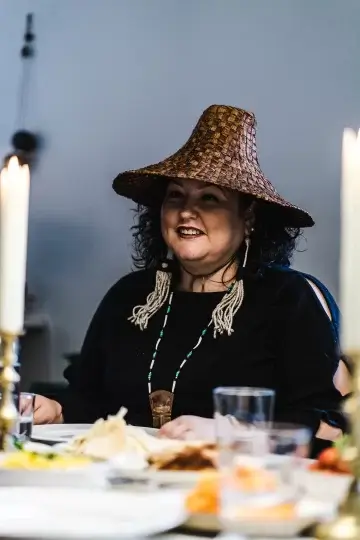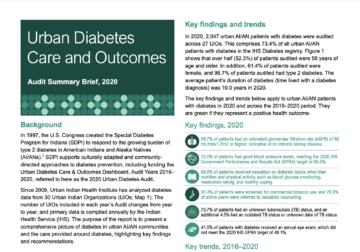Contents
In April of 2019, the Centers for Disease Control and Prevention National Center for Chronic Disease Prevention and Health Promotion (CDC) invested $100 million to fund chronic disease prevention in American Indian and Alaska Native (AI/AN) communities. The CDC released a Notice of Funding Opportunity (NOFO) for the second iteration of “A Comprehensive Approach to Good Health and Wellness in Indian Country (GHWIC)”. GHWIC is a five-year initiative available to federally recognized tribes and Alaska Native villages, Urban Indian Organizations (UIOs), and Tribal Epidemiology Centers (TECs) from across the United States. Funds support AI/AN chronic disease prevention and overall community wellness. The GHWIC initiative includes a combination of policy and environmental approaches, linkages between community programs and clinical services, and health systems interventions designed to
- increase purchasing of healthy foods.
- increase physical activity with an emphasis on walking.
- increase breastfeeding.
- reduce prevalence of commercial tobacco use.
- reduce incidence of type 2 diabetes.
- reduce prevalence of high blood pressure.
- reduce prevalence of high blood cholesterol.
This work is funded by the Centers for Disease Control and Prevention under Good Health and Wellness in Indian Country, grant number 5U38OT000143-05.
Purpose: Targeting Chronic Diseases in Indian Country
GHWIC aims to combat the high rates of chronic diseases among AI/AN communities and address existing health disparities through reclaiming health, cultural strength, and wellness. Currently, AI/AN communities face the highest rate of diabetes among adults when compared to other racial groups.1 (Figure 1)
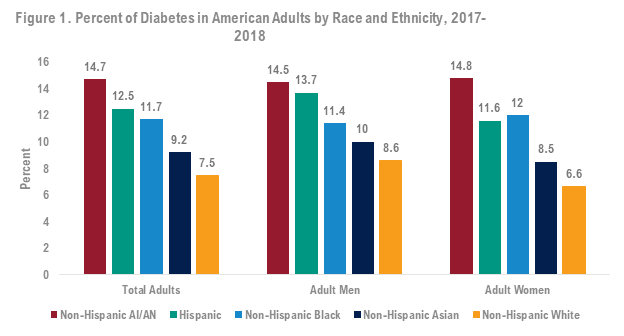
In addition, we can see similar trends in other areas of chronic disease. For example, AI/AN adults are 48% more likely to have coronary heart disease than non-Hispanic Whites.2 There is also a high prevalence of cigarette smoking, as more than 1 in 5 (20.9%) AI/AN adults smoke cigarettes.3 Furthermore, only 17.9% AI/AN adults are a healthy weight compared more than one-third (34.4%) of non-Hispanic Whites.4
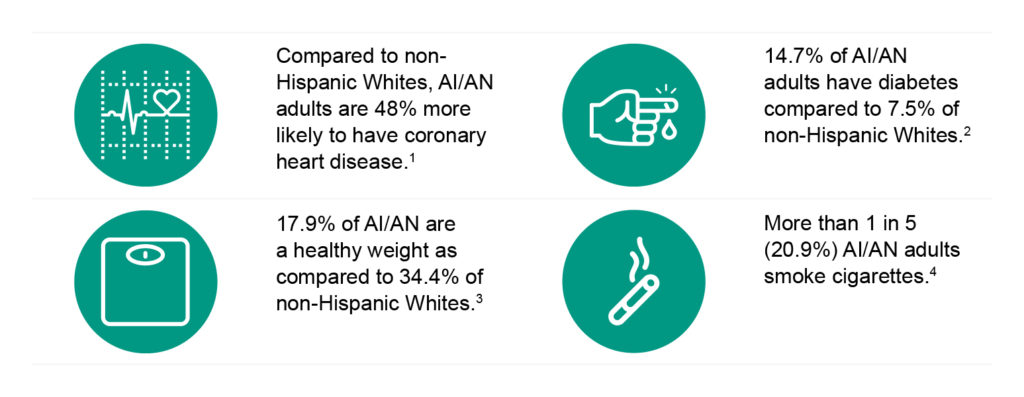
The GHWIC program uses policy, systems, and environmental, changes to create sustainable health improvements while addressing health disparities. GHWIC funded communities incorporate sustainable practices into their efforts to ensure that the impact of this work continues beyond the life of the funding (2019-2024).
UIHI GHWIC History
Beginning in September 2014, the CDC launched the first iteration of GHWIC. From 2014 to 2019, the CDC invested over $78 million in chronic disease prevention efforts through the program. During this time, UIHI served as the National Coordinating Center for Evaluation. Over those five years, GHWIC funded tribes and tribal organizations to support chronic disease prevention and community wellness. The approach included a combination of policy and environmental approaches, links between community programs and clinical services, and health systems interventions to
- reduce commercial tobacco use and exposure,
- improve availability of traditional and other healthy foods,
- improve opportunities for physical activity,
- increase culturally relevant health education, and
- promote prevention and self-management of diabetes and hypertension.
UIHI’s Role as a Component 2
As of September 2019, UIHI was officially awarded Component Two (C2) funding. As a C2 grantee, we
- allocate half of our annual budget to subaward at least four American Indian Tribe/Alaska Native Villages, UIOs, and other tribal-serving organizations, and
- provide training, technical assistance, and evaluation support to American Indian Tribe/Alaska Native Villages, UIOs, and other tribal-serving organizations.
Community Grants Program (CGP)
Through the support of CDC, UIHI launched a nationwide initiative enhancing the evidence base of culturally rigorous chronic disease prevention programs and public health infrastructure among UIOs. At UIHI we offer an array of chronic disease prevention sub-grants annually. Visit our CGP webpage to learn more about eligibility, funding opportunities, and key dates.
Internships
UIHI’s internship program fosters the next generation of Indigenous public health workers. Each year, we host several full-time public health interns to explore public health careers by participating in projects related to epidemiology, clinical services, public health, Indigenous evaluation,5 and research within urban AI/AN communities. Learn more about our internship program on the program webpage.
Training
UIHI offers annual trainings on a range of public health topics. To learn more about our upcoming trainings and your eligibility for those trainings, please subscribe to our Bi-Weekly Resource Email (BWRE).
Annual trainings include
- Chronic disease prevention (varying focus)
- Community needs assessment
- Indigenous Evaluation Workshop
- Health communications and messaging
Technical Assistance
Need help with program management, evaluation support, budget consultation, data interpretation, data visualization, data acquisition, or survey development? Request technical assistance from our staff.
Health Promotion and Chronic Disease Prevention: Our 2020–2021 Sub-awardees
Eleven TECs, including UIHI, provide sub-awards, technical assistance, and resources to tribes, Urban Indian Organizations (UIOs), and tribal organizations in their Indian Health Service areas. By allocating at least half of our funds in this manner, subawarded communities can expand GHWIC’s reach to 130+ sub-awardees, further implementing strategies to prevent chronic diseases.
As a C2 grantee, UIHI awards sub-grants each year to organizations within the Urban Indian Health Network (UIHN) who are focusing on GHWIC areas of interest, namely chronic respiratory disease. If your organization falls under one or more of the following criteria, you are eligible.
- an Urban Indian Organizations (UIO)—a Title V program as defined by the Indian Health Service
- a member of the National Urban Indian Family Coalition (NUIFC)
- an urban Indian organization and/or program receiving MSPI/DVPI funding, as defined by the Indian Health Service
- A not-for-profit urban Indian organization whose leadership and board are made up of a majority of urban Indians, and whose mission is to provide public health services to urban Indians may be eligible to apply on a case-by-case basis
For the 2019–2024 GHWIC cycle, UIHI sub-awardees operate programs which focus on addressing chronic disease and promoting wellness and healthy lifestyles in one or more of these four areas: obesity, commercial tobacco use, diabetes, and heart disease and stroke. Each sub-awardee uses culturally attuned Indigenous methodologies, frameworks, and evaluation approaches. They tailor their programs regionally to adapt to differences in environment, culture, sociodemographic composition, and specific healthcare and infrastructure gaps which differ across applicant sites.
For the 2020–2021 grant cycle, UIHI gave out $553,561 to six urban Native organizations for chronic disease prevention.
Meet the 2020–2021 sub-awardees
- NATIVE HEALTH (Phoenix, AZ)
- The American Indian Community House (New York, NY)
- The Minneapolis American Indian Center (Minneapolis, MN)
- The Native American Health Center, Inc. (Oakland, CA)
- The Native American Youth and Family Center (Portland, OR)
- The Sacramento Native American Health Center, Inc. (Sacramento, CA)
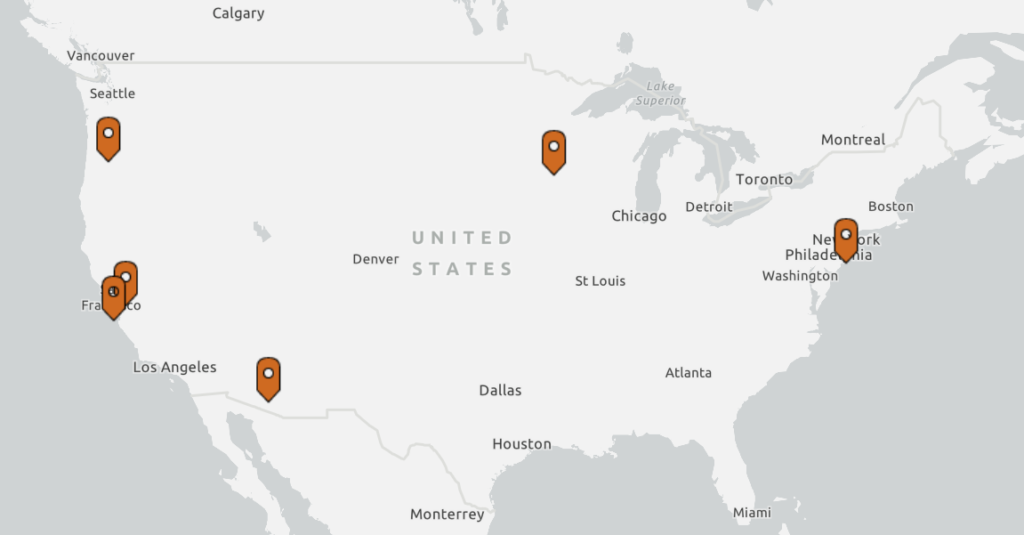
This work is funded by the Centers for Disease Control and Prevention under Good Health and Wellness in Indian Country, grant number 5U38OT000143-05.
GHWIC Storymap, Coming Soon!
Coming soon! An interactive story map to “visit” our current sub-awardees. Do you have a GHWIC story you’d like to see on the map? Fill out our survey and a team-member will work to place it on the map!
Share your GHWIC story at the link or by scanning the QR code below.
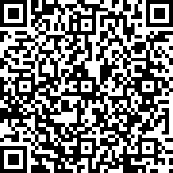
GHWIC Links
- CDC GHWIC Website
- CDC Division for Heart Disease and Stroke Prevention
- CDC Division of Diabetes Translation
- CDC Office on Smoking and Health
- CDC Division of Nutrition, Physical Activity, and Obesity
- Tribal Epidemiology Centers
- Project ECHO
Related Resources
Tier 3 C1/C2 Final Report
A national aggregate report including an Executive Summary and GHWIC 2014-2019 recipient performance measure data
2019 GHWIC Tier 3 Final Report
Indigenous Evaluation
References
- CDC. (2020). National Diabetes Statistics Report 2020, Estimates of Diabetes and Its Burden in the United States. Appendix Table 3. https://www.cdc.gov/diabetes/pdfs/data/statistics/national-diabetes-statistics-report.pdf
- CDC. (2018). Summary Health Statistics: National Health Interview Survey, 2018. Table A-1a. https://ftp.cdc.gov/pub/Health_Statistics/NCHS/NHIS/SHS/2018_SHS_Table_A-1.pdf
- CDC. (2018). Summary Health Statistics: National Health Interview Survey: 2018. Table A-15. https://ftp.cdc.gov/pub/Health_Statistics/NCHS/NHIS/SHS/2018_SHS_Table_A-15.pdf
- Cornelius ME, Wang TW, Jamal A, et al. (2020). Tobacco Product Use Among Adults- United States, 2019. Morbidity and Mortality Weekly Report, 2020. Volume 69(issue 46); pages 1736–1742. https://www.cdc.gov/mmwr/volumes/69/wr/mm6946a4.htm?s_cid=mm6946a4_w
- LaFrance, J., & Nichols, R. (2009). Indigenous evaluation framework: Telling our story in our place and time. Written for the American Indian Higher Education Consortium.
This project is funded solely by 2014 Prevention and Public Health Fund

